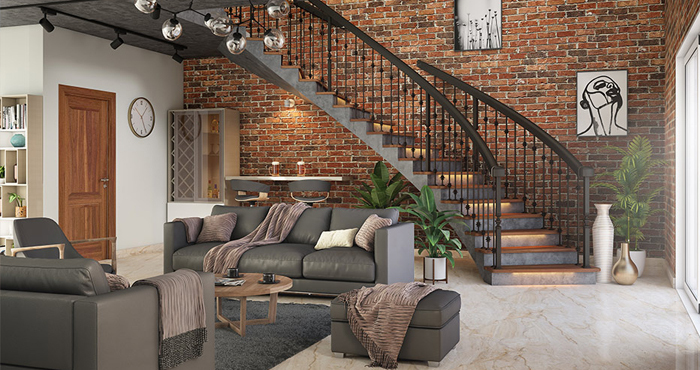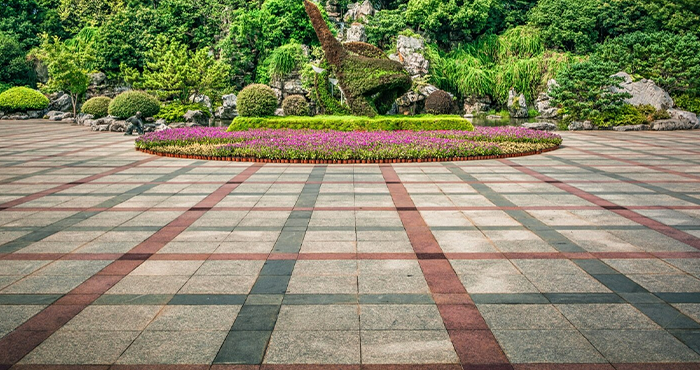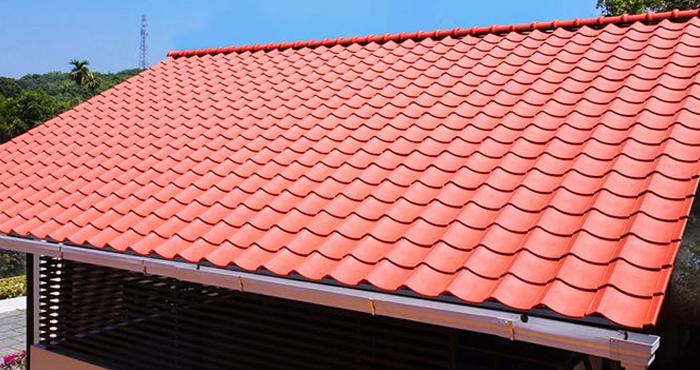Have you ever wondered about the difference between face brick and common brick? When it comes to construction and design, these two terms often come up. Understanding their differences is crucial in creating stunning structures with the perfect blend of aesthetics and functionality.
This blog will explore the characteristics that set face brick and common brick apart. From their appearance to their uses, we will uncover the secrets behind these building materials. Whether you’re an architecture enthusiast or simply curious about the world of construction, join us on this journey to discover the intriguing disparities between face brick and common brick.
Understanding the Differences Between Face Brick and Common Brick
Face brick and common brick may seem similar at first glance, but they have some key differences.
- Face brick is made primarily for its aesthetically pleasing qualities. It is used for both indoor and exterior walls and is intended to be seen.
- Common brick, on the other hand, is mostly utilised for structural purposes. Its look is not as significant because it is generally covered with plaster, stucco, or other materials.
One of the main differences between face brick and common brick lies in their manufacturing process.
- Face brick is produced with higher-quality materials and goes through a more precise manufacturing process. It is frequently burnt at greater temperatures, producing a brick that is stronger and more resilient.
- On the other hand, common brick is typically burnt at lower temperatures and is manufactured from lesser-quality materials. As a result, it is less robust yet more economical.
Benefits of Using Face Bricks

Benefits of Using Common Bricks
While face bricks have their advantages, common bricks also offer some unique benefits. Some of them are:
- Cost-Effectiveness: Common bricks are a budget-friendly option compared to face bricks, making them ideal for cost-conscious projects without compromising strength and durability.
- Versatility: Common bricks can be easily manipulated and cut to fit any shape or size, allowing for customised brickwork and intricate designs.
- Accessibility: Common bricks are readily available in most regions, ensuring easy availability for construction projects. They are a popular choice, resulting in a wide range of colours and finishes to choose from.
- Strength and Durability: Despite their lower cost, common bricks still provide sufficient strength and durability for various building applications, ensuring long-lasting structures.
Factors to Consider When Choosing Between Face Brick and Common Brick
When deciding between common brick and face brick difference, several factors must be considered. Some important factors to consider are:
Purpose of the Project: If visibility and aesthetics are crucial, face brick is advised. However, common brick can be a preferable option if the brick will be covered or if cost is a big consideration.
Climate: Face bricks are appropriate for tough regions because they are made to withstand intense weather. While face bricks are recommended in locations with severe rainfall or frequent freeze-thaw cycles, common bricks may withstand mild weather conditions.
Durability: Face bricks have a very long lifespan, but common bricks are strong enough for most applications. Consider the durability level needed based on the particular project, its anticipated exposure to weather, and other elements.
Budget: Face bricks typically cost more than common bricks. Determine your budgetary constraints and set priorities accordingly.
Design and Customization: If intricate designs or customised brickwork are desired, common bricks offer more flexibility in manipulation and cutting to fit specific shapes and sizes.
By carefully evaluating these factors, you can decide whether face brick or common brick fits your project best.
Other Important face brick and common brick differences to Look For
| Factors | Face Bricks | Common Bricks |
| Cost | Generally more expensive due to higher quality and aesthetics | More cost-effective upfront, less expensive than face bricks |
| Long-term usability | Minimal maintenance, no need for painting or sealing | May require more maintenance and additional materials |
| Maintenance | Low maintenance requirements, saving money in the long run | Potential for higher maintenance and repair expenses |
| Durability | Highly durable, less likely to require repairs or replacement | Sufficient strength for most applications |
| Aesthetics | Offers exceptional aesthetic appeal and design versatility | May need to be covered with other materials for aesthetics |
How to Choose the Right Brick for Your Project
Selecting the ideal brick for your project might be difficult. Consider your project’s goals, the climate in your area, and your budget to make an informed choice. Face brick is the ideal option if aesthetics are crucial and the brick will be seen. Common brick might be a better choice if cost is a crucial factor or if the brick is covered.
Additionally, seek the advice of experts like architects, builders, or brick manufacturers. Based on their knowledge and experience, they can offer insightful suggestions.
Spend some time looking through catalogues or showrooms to view the various brick selections that are offered. This will enable you to make a more educated decision by enabling you to picture how the bricks will appear in your project.
Conclusion
In conclusion, choosing between face brick and common brick requires careful consideration of various factors. Face bricks offer exceptional durability, minimal maintenance, and endless design possibilities. On the other hand, common bricks provide cost-effectiveness, versatility, and accessibility.
So if you are looking for the best face brick manufacturers, Jindal Mechno Bricks have got you covered. We are reliable face brick suppliers in the market with an aim to provide high-quality bricks to our customers. Contact our team to know more.
FAQs
Q: What is the main difference between face bricks and common bricks?
A: The primary differences reside in their intended uses and external appearance. While common bricks are primarily used for structural purposes and may be covered with other materials, face bricks are intended to be seen and to provide aesthetic appeal.
Q: Are face bricks more expensive than common bricks?
A: Face bricks typically cost more than common bricks due to their superior quality and aesthetic appeal. However, it’s crucial to consider each option’s long-term costs and advantages.
Q: Can common bricks be used for visible areas in construction projects?
A: Common bricks can be utilised in exposed areas, although they could need extra treatments or cladding to obtain the required appearance. Face bricks are created with a specific aesthetic in mind, so no further coverings are required.
Q: Do face bricks require any special maintenance?
Face bricks often just need minor maintenance. They don’t require painting or sealing, which saves time and money. Additionally, the possibility of repairs or replacements is decreased due to their durability.
Q: Are face bricks and common bricks equally durable?
A: Both face bricks and common bricks are durable, but face bricks frequently use higher-quality materials and go through more rigorous manufacturing procedures. Face bricks become more weather-resistant as a result, and they become less likely to need repairs over time. Common bricks still offer enough strength for the majority of structural applications.





